The fields of the largest artichoke production area in Spain have been covered with a layer of ice for several days, which will have a considerable impact on production. “There have been frosts recorded from Alicante to Lorca, and in the Guadalentín Valley almost all the fields are affected,” stated Pepe Ortuño, from SAT Olé. “Low temperatures are peaking and lasting for hours, which makes the frosts more damaging."
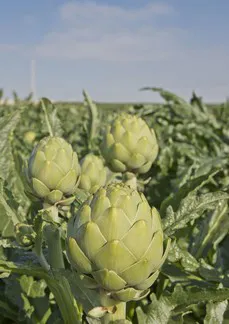 “On the one hand, the frosts have affected a lot of first-tier products that were intended for retail sale that, unless we are all in the same situation and there are only second-tier products, we'll have to divert to other types of customers and local markets. On the other hand, this season we are also facing other difficulties, of a more general nature, which we had already started to notice last season."
“On the one hand, the frosts have affected a lot of first-tier products that were intended for retail sale that, unless we are all in the same situation and there are only second-tier products, we'll have to divert to other types of customers and local markets. On the other hand, this season we are also facing other difficulties, of a more general nature, which we had already started to notice last season."
“We are facing a drop in consumption and a rather difficult economic context for European consumers which affects many products, including artichokes. As a result, in situations like this, in which the amount of product available on the market decreases, prices are not rising as they should because there is no favorable demand. In fact, in our exports in November and December, we almost sold at a loss,” Pepe points out. “Besides, right now we don't even have industry support.”
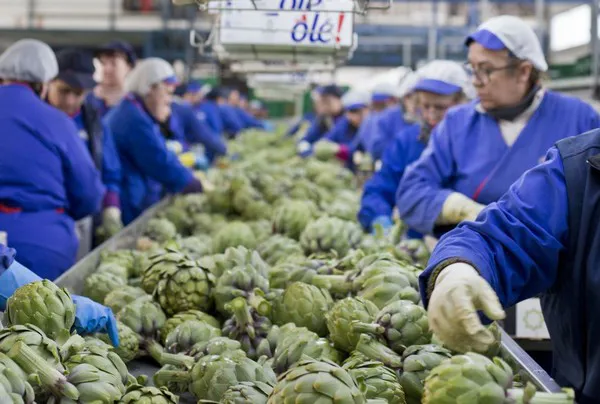
"We still have no alternative to rely on a minimum base price"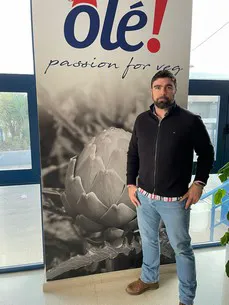 It's certainly paradoxical that the industry hasn't adapted to process the Green Queen artichoke, one of the most widespread varieties in Spain, which every year gains more prominence in the supermarkets, stated Pepe Ortuño. “This variety was developed together with a seed company 13 years ago here in the experimental fields of SAT Olé. It was very innovative, as it improved the material already available and today it is a benchmark variety on the market: 90% of Green Queen production is intended for fresh consumption and it produces up to 30% more than the varieties cultivated up until then, such as Blanca de Tudela."
It's certainly paradoxical that the industry hasn't adapted to process the Green Queen artichoke, one of the most widespread varieties in Spain, which every year gains more prominence in the supermarkets, stated Pepe Ortuño. “This variety was developed together with a seed company 13 years ago here in the experimental fields of SAT Olé. It was very innovative, as it improved the material already available and today it is a benchmark variety on the market: 90% of Green Queen production is intended for fresh consumption and it produces up to 30% more than the varieties cultivated up until then, such as Blanca de Tudela."
"In general, the Blanca de Tudela artichoke has a lower yield and only 50% of its production is intended for fresh consumption, as the remaining 50% is intended for the industry. While it's true that they are all artichokes, the machinery of the processing industry is not adapted to the characteristics of the Green Queen variety, even though it's one of the predominant varieties in Spain.”
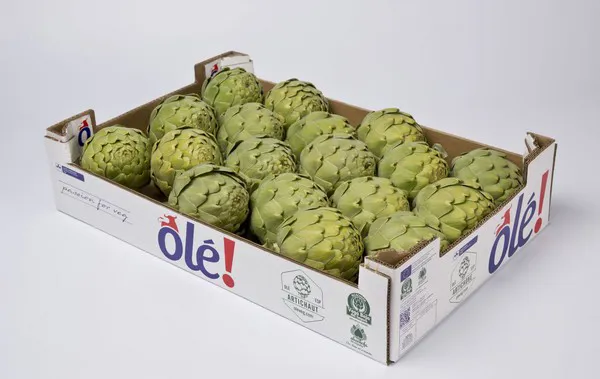
“Until the industry adapts, we won't have an alternative that supports us with a minimum base price, which would prevent the artichokes from being sold at 30 cents a kilo at times of market saturation,” he stressed.
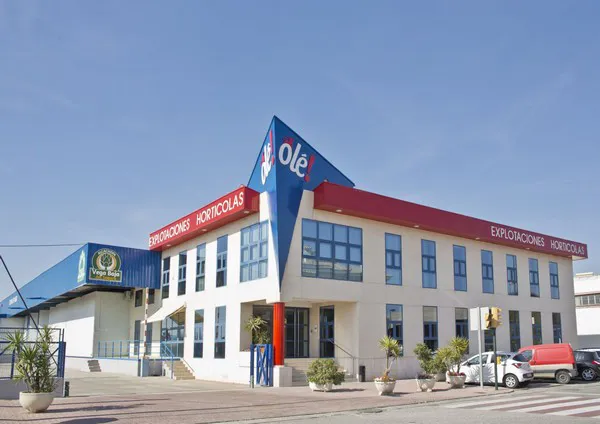
“Artichoke is a highly beneficial product, but it is not valued enough. By way of reflection, 13 or 14 years ago SAT Olé was the leading exporter of artichokes in Spain, exporting 9,000 to 10,000 tons, and today it continues to be the leading exporter in the country, although with 5,000 to 6,000 tons. This year, the cold weather is not causing prices to change as they should and consumption is falling, which is why we need the collaboration of all the players, especially large retailers so that they promote the product and value it so that prices in years like this one are in line with the climatic situation we are experiencing."
For more information:
Pepe Ortuño
SAT Olé
Calle Mayor, 140
03314 San Bartolomé, Alicante (España)
Tel.: +34 965 367 000
ole@oleveg.com
https://oleveg.com
